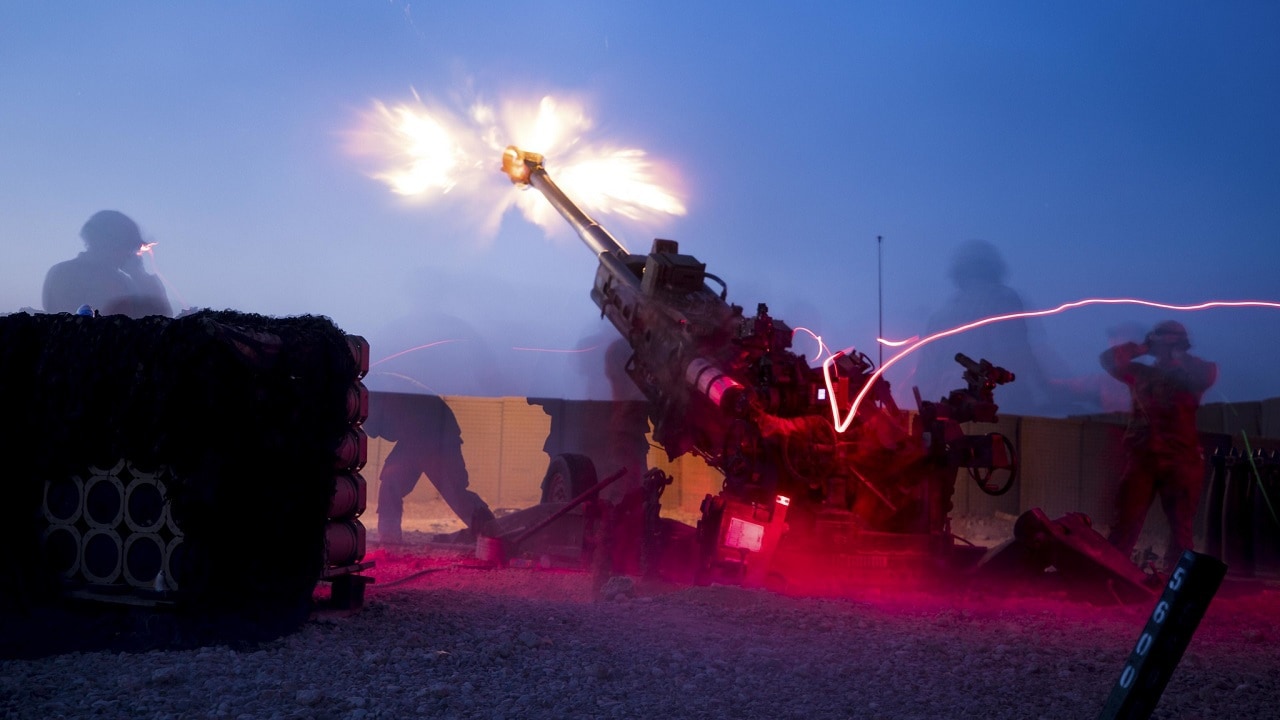Ukraine War Update: On day 106 of the Russian invasion of Ukraine, the fighting in the Donbas continues as both sides are trying to frustrate the plans of the opposition.
All About Severodonetsk
The fighting in and around the strategic Ukrainian city continues unabated. The Russian forces have reclaimed considerable chunks of city blocks after suffering some setbacks earlier in the week when the Ukrainian troops counterattacked.
In its daily estimate of the war, the British Ministry of Defense focused on the fighting that is taking place in and around Severodonetsk.
“Fighting continues in the Sieverodonetsk pocket but, in the last 48 hours, Russia’s Eastern Group of Forces (EGF) have also likely increased their efforts to advance to the south of Izium,” the British Military Intelligence assessed.
Farther in the northwest, the Russian advance around Izium has stalled as the Ukrainian military is playing excellent defense. Should the Russian forces manage to breakthrough, they will be risking the entire encirclement of Severodonetsk from the rear.
“Russia’s progress on the Izium axis had remained stalled since April, after Ukrainian forces made good use of the terrain to slow Russia’s advance. Russia has likely attempted to reconstitute EGF after they suffered very heavy casualties in the failed advance on Kyiv, but its units likely remain understrength,” the British Ministry of Defense added.
“Russia likely seeks to regain momentum in this area in order to put further pressure on Sieverodonetsk, and to give it the option of advancing deeper into the Donetsk Oblast,” the British Military Intelligence stated.
The Ukrainian Ministry of Defense claimed that as of Wednesday, Ukrainian forces have killed approximately 31,700 Russian troops (and wounded approximately thrice that number), destroyed 212 fighter, attack, and transport jets, 178 attack and transport helicopters, 1,398 tanks, 711 artillery pieces, 3,438 armored personnel carriers, 213 Multiple Launch Rocket Systems (MLRS), 13 boats and cutters, 2,421 vehicles and fuel tanks, 96 anti-aircraft batteries, 562 tactical unmanned aerial systems, 53 special equipment platforms, such as bridging vehicles, and four mobile Iskander ballistic missile systems, and 125 cruise missiles shot down by the Ukrainian air defenses.
The Ukraine War: An Artillery (and Training) Battle
One of the major problems the Ukrainian military is facing right now is a serious disadvantage in long-range fire capabilities. Despite the West’s significant shipments of artillery pieces and Multiple Launch Rocket Systems (MLRS) to the Ukrainian military, on the frontlines, the Russian forces are still outgunning the Ukrainian troops, sometimes even by 20 to 1 in artillery and 40 to 1 in ammunition.
One reason for this is that the weapon systems that the U.S. military and NATO is sending to their Ukrainian counterparts require training to be used effectively. Why hadn’t the Ukrainian forces faced this problem up until now? Some weapon systems, such as the FGM-148 Javelin anti-tank missile, FIM-92 Stinger anti-aircraft weapon, or Next Generation Light Anti-Tank (NLAW) missile, are easier to use than others.
To meet that capability gap, the U.S. military is trying to devise a training regime that will put Ukrainian troops up to speed quickly and efficiently.
“We’ve got to start this thing with a program that is rational and deliberate and gets them trained to a standard where they become effective. It will do no good to just throw this weapon system into the battle. You’ve got to be trained on it to get the maximum effective use out of the weapon as a precision system,” Army Gen. Mark A. Milley, chairman of the Joint Chiefs of Staff, told reporters on Wednesday.
Meanwhile, shipments of long-range fires systems continue. This week, Norway announced that it would be sending Ukraine 22 M109 Paladin 155mm self-propelled howitzers.
“Totally 150 artillery platforms of 155 mm caliber are already in Ukraine. AHS Krabs from Poland joined M777, FH70, CAESARs, M109A3. So, we have already 5 types of NATO-style artillery, which play a decisive role. We received around 250 armored vehicles: M113 TM, M113 YPR-765, Bushmaster, Mastiff, Husky, Wolfhound. And Western partners supplied us thousands of MANPADS (Stinger, Starstreak, Mistral, Piorun, Grom), ATGMs (NLAW, Javelin, Milan) and grenade launchers,” the Ukrainian Ministry of Defense stated.
But to be more effective, the Ukrainian military is requesting more and varied Multiple Launch Rocket Systems, a complete replacement of its Soviet-era calibers so as to achieve interoperability with the NATO weapon systems it has received, “hundreds of heavy armored vehicles,” fighter jets, and anti-aircraft systems.
1945’s New Defense and National Security Columnist, Stavros Atlamazoglou is a seasoned defense journalist specializing in special operations, a Hellenic Army veteran (national service with the 575th Marine Battalion and Army HQ), and a Johns Hopkins University graduate. His work has been featured in Business Insider, Sandboxx, and SOFREP.

